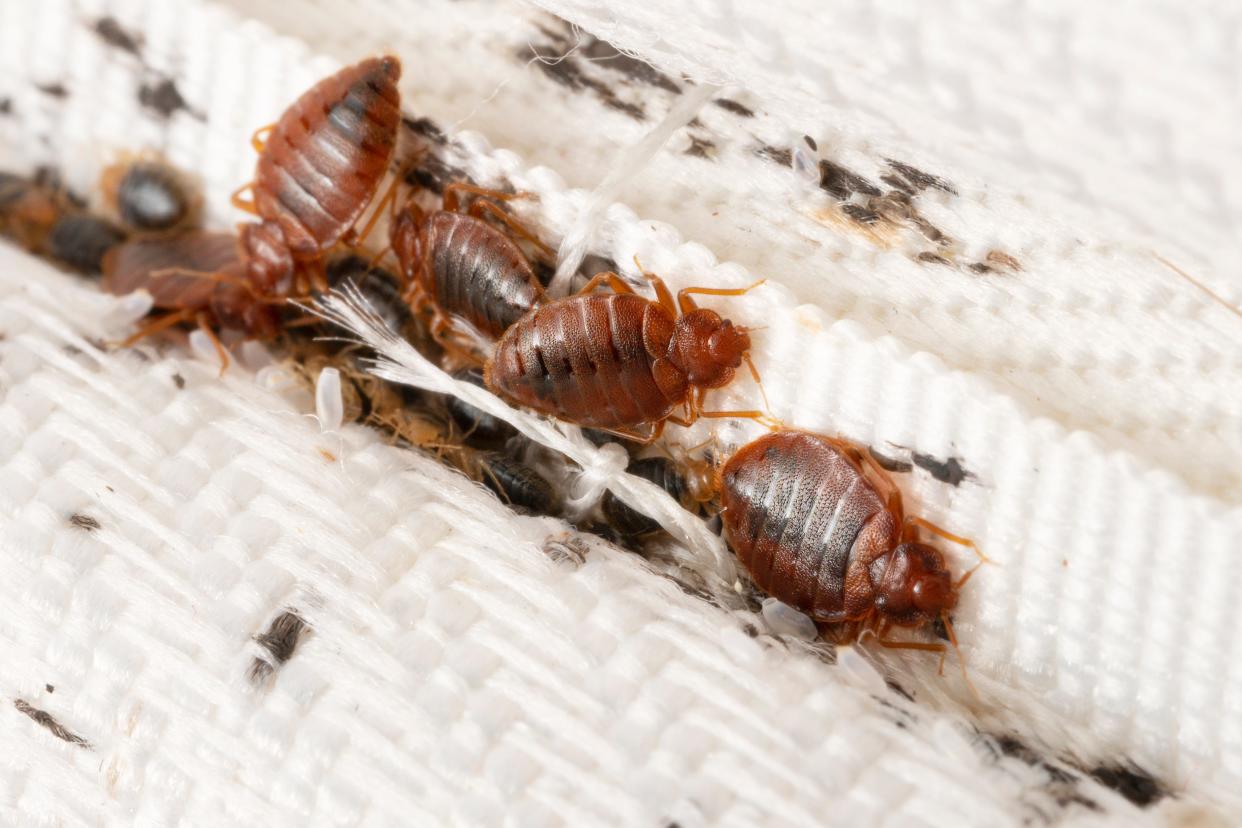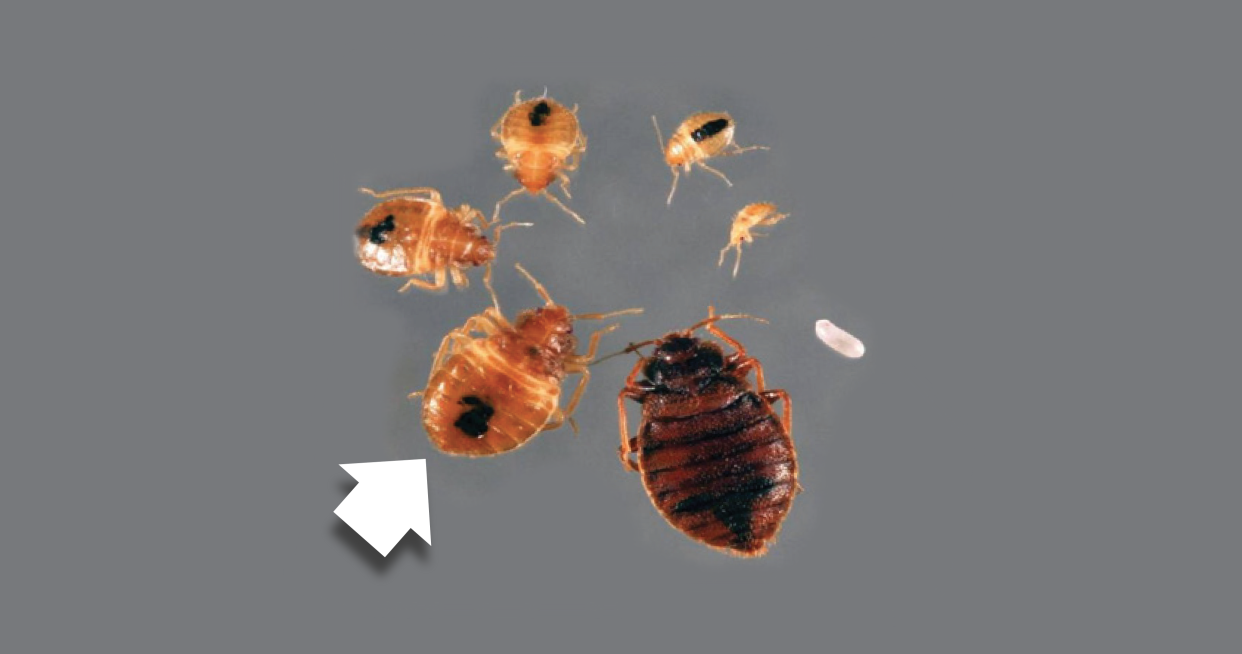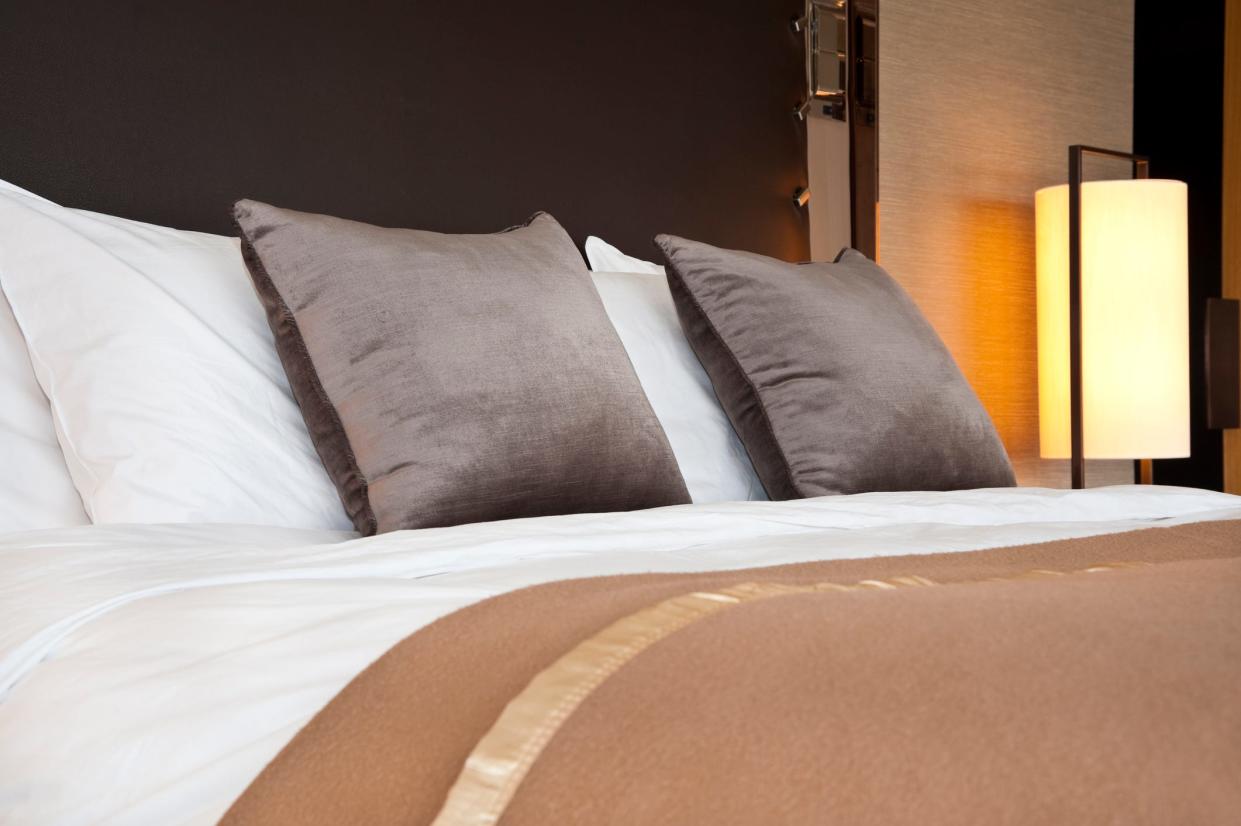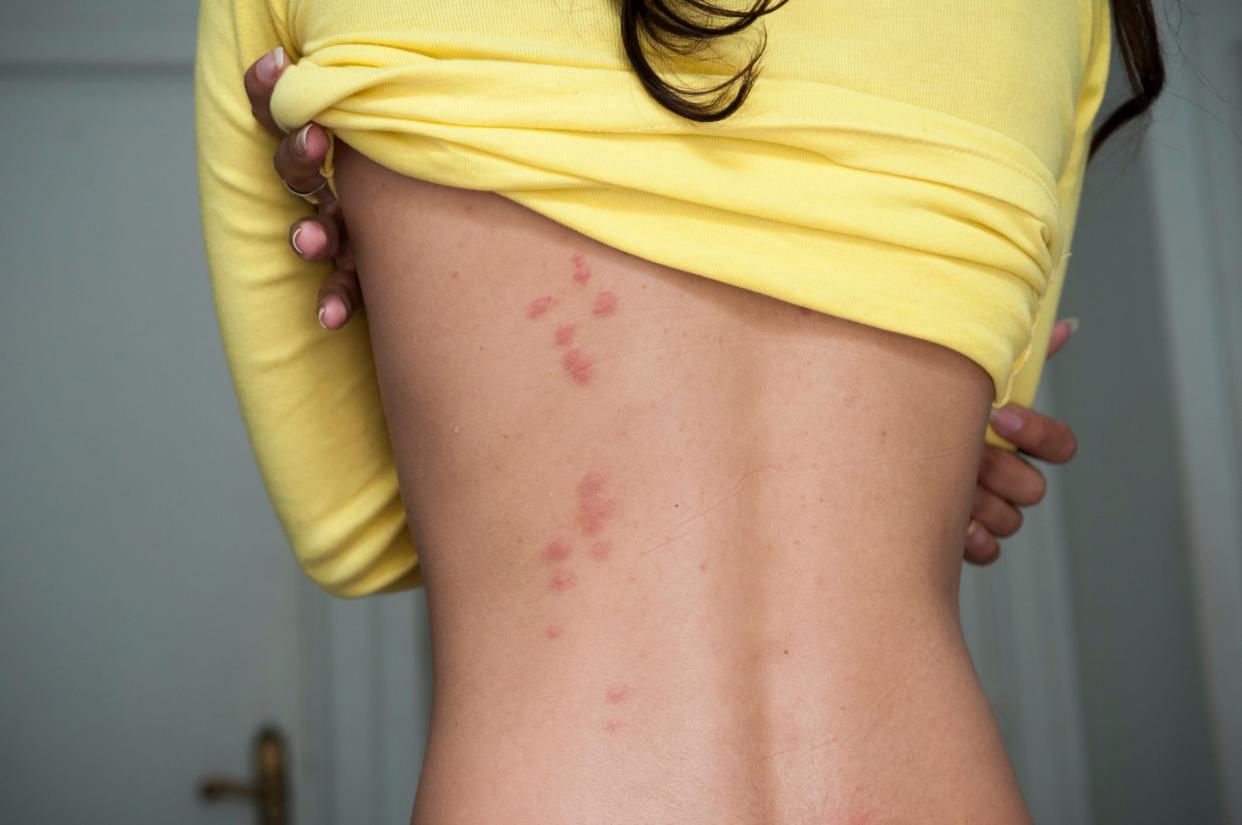This Florida city ranks in top 10 worst for bedbugs. Here’s where you'll find those pests
The summer travel season started with Memorial Day weekend, which means many will be going on trips and weekend getaways over the next three months.
Just make sure you don't bring back any unwanted house guests from your travels.
With Bed Bug Awareness Week starting on June 2, online homes service marketplace Pest Gnome ranked 2024’s "Worst Cities for Bed Bug Infestations," with one Florida city in the top 10.
Pest Gnome compared the 500 biggest U.S. cities based on three categories: Accommodations, multi-unit residential buildings and population density.
But first, what are bedbugs? Are they invasive?

Bedbugs are a small parasitic insect that feeds on the blood of people and animals. And yes, they're invasive.
Their scientific name is Cimex lectularius. They are thought to have originated in Europe, the Middle East or in India, but moved across the world as humans did, the Center for Invasive Species Research says.
While their lifespan is roughly six months to a year, female bedbugs can deposit one to five eggs a day and may lay 200 to 500 eggs in their lifetime, creating widespread infestations.
According to the Environmental Protection Agency, bedbugs give off a musty and slightly sweet odor.
What Florida city is the worst for bedbugs?

Pest Gnome found that South Florida's Miami Beach ranked sixth for bedbugs in the country.
See where other Florida cities places within top 100 cities for bed bugs:
Miami Beach - 6
Miami - 22
Fort Lauderdale - 53
Orlando - 60
Hollywood - 68
Jacksonville - 78
What are the top 10 U.S. cities for bedbugs?

New York City soared to the top of Pest Gnome's study, seeing a score of 95.8%. Diving further in its score, experts found it ranked high for monthly bedbug-related searches, used furniture stores and overall population density.
Here's a look at the top 10 cities for bedbugs:
New York City
Los Angeles
Houston
Chicago
San Francisco
Miami Beach
Boston
San Diego
Washington, D.C.
Jersey City, New Jersey
Can I spot bedbugs with a naked eye?

According to Healthline, adult bedbugs are visible to the naked eye. Adult bedbugs are reddish-brown, wingless, and about the size of an apple seed with oval-shaped bodies.
However, they are masters at hiding. Bedbugs are mostly nocturnal and come out of hiding to grab their next bite, which is usually whoever is getting their beauty sleep nearby.
As for young bedbugs, they aren’t visible to the naked eye unless they’ve eaten recently. Experts note they usually very small and translucent to whitish-yellow in color.
Where are bedbugs usually found?

Bedbug infestations usually occur around or near the areas where people sleep, the CDC said. Bedbugs can travel over 100 feet in a night but tend to live within 8 feet of where you sleep.
During the day, they are found hidden in places such as seams of mattresses, box springs, bed frames, headboards, dresser tables, inside cracks or crevices, behind wallpaper, or any other clutter or objects around a bed.
Beyond motels or hotels, where else can bedbugs hide?
We all hear the horror stories about sketchy hotels crawling with bedbugs, but where else can these bloodsucking critters be hiding? It's critical to note that these tiny insects can cling to items such as luggage, purses and other personal belongings, moving from one place to another location with ease.
Pest Gnome asked experts where to give a second glance, naming places such as public transportation systems, movie theaters, or office buildings.
"Areas frequented by more people or with high turnover rates have higher risks of bed bug introduction than areas with few people or low turnover. In addition to traditional lodging environments, consider short-term rental properties," Andrew Mason Sutherland, Cooperative Extension Advisor at the University of California, said.
"Bed bugs may also be introduced to public transit facilities, public waiting rooms and lounge areas, and libraries, though they typically do not establish breeding populations in these locations."
What do bedbug bites look like? Do they carry diseases?

Bedbug bites typically appear on areas of the skin that are exposed while sleeping, like the face, neck or hands. The bites are typically small, itchy red bumps.
Most people aren't aware they have been bitten until bite marks appear anywhere from one to several days (sometimes up to 14 days) after the initial bite.
Bedbugs are blood-sucking pests: Here's how to identify and control the tiny invaders.
There is some good news — the CDC says bedbugs are not known to spread disease.
What are the signs of a bedbug infestation? Here's what to look for
According to the CDC, signs include:
The bedbugs’ exoskeletons after molting,
Bedbugs in the fold of mattresses and sheets,
Rusty–colored blood spots due to their blood-filled fecal material they excrete on the mattress or nearby furniture, and
A sweet musty odor.
Top 10 tips to avoid or control bedbugs
The Environmental Protection Agency offered these tips to help you avoid or control bedbugs:
Make sure you really have bedbugs and not fleas, ticks or other insects. If you're not sure, show pictures to your local extension agent.
Don't panic. It can be difficult to eliminate bedbugs, but it’s not impossible so don't throw everything away - and possibly spread the problem.
Think through your treatment options. If you decide to use pesticides, follow directions or hire a professional.
Reduce the number of hiding places by cleaning up the clutter. Don't give them more places to hide. Encase your mattress and box spring.
Regularly wash and heat-dry your sheets, blankets, bedspreds and any clothes that touch the floor. Don't forget the laundry container or hamper.
Do-it-yourself freezing might not be reliable. Freezing can kill bedbugs but home freezers may not be cold enough.
Kill bedbugs with heat but be very careful. It takes special equipment and very high temperatures (over 113 degrees) to kill the insects. Plastic bags in the sun might work if the temperature is hot enough.
Don't pass your bedbugs on to others. Don't throw out an infested mattress or furniture. Destroy them to make sure nobody else takes bedbugs home with them.
Vacuuming can help. Vacuum rugs, floors, upholstered furniture, under beds and all cracks and crevices in the room and don't forget to change the bag after each use. Put it in a sealed plastic bag and put in an outside garbage bin.
Hire experienced, responsible professionals. This can increase your chance of success in getting rid of the pest.
The University of Florida IFAS added a few more tips:
Place bed posts in glass dishes. Bedbugs cannot climb smooth surfaces and this will prevent further infestation in the mattress, as long as the bed or bedding doesn't touch the walls or floor.
Wash all bedding and clothes with soap and borax additive, dry at a high temperature. Dry clean pillows and drapery.
Inspect your luggage when you return from a trip. Leave belongings in a hot car for 24 hours and run clothing through the dryer.
Contributing: Cheryl McCloud, USA TODAY Network-Florida
This article originally appeared on Fort Myers News-Press: Bedbugs in Florida: FL cities worst for invasive bug, what to know




